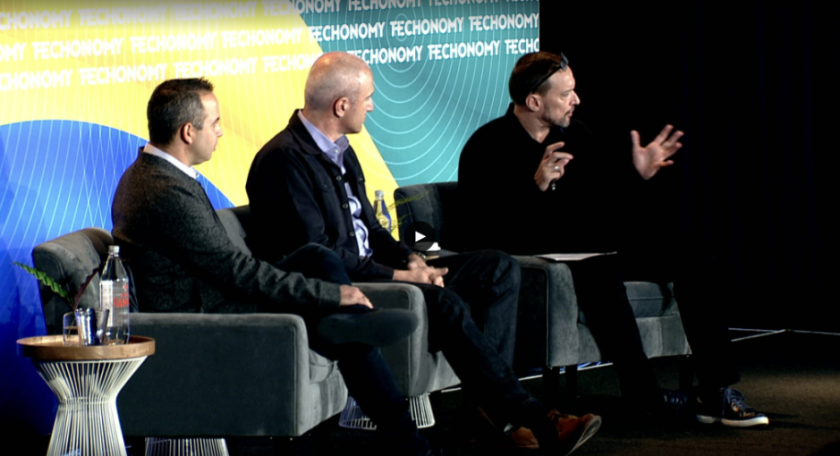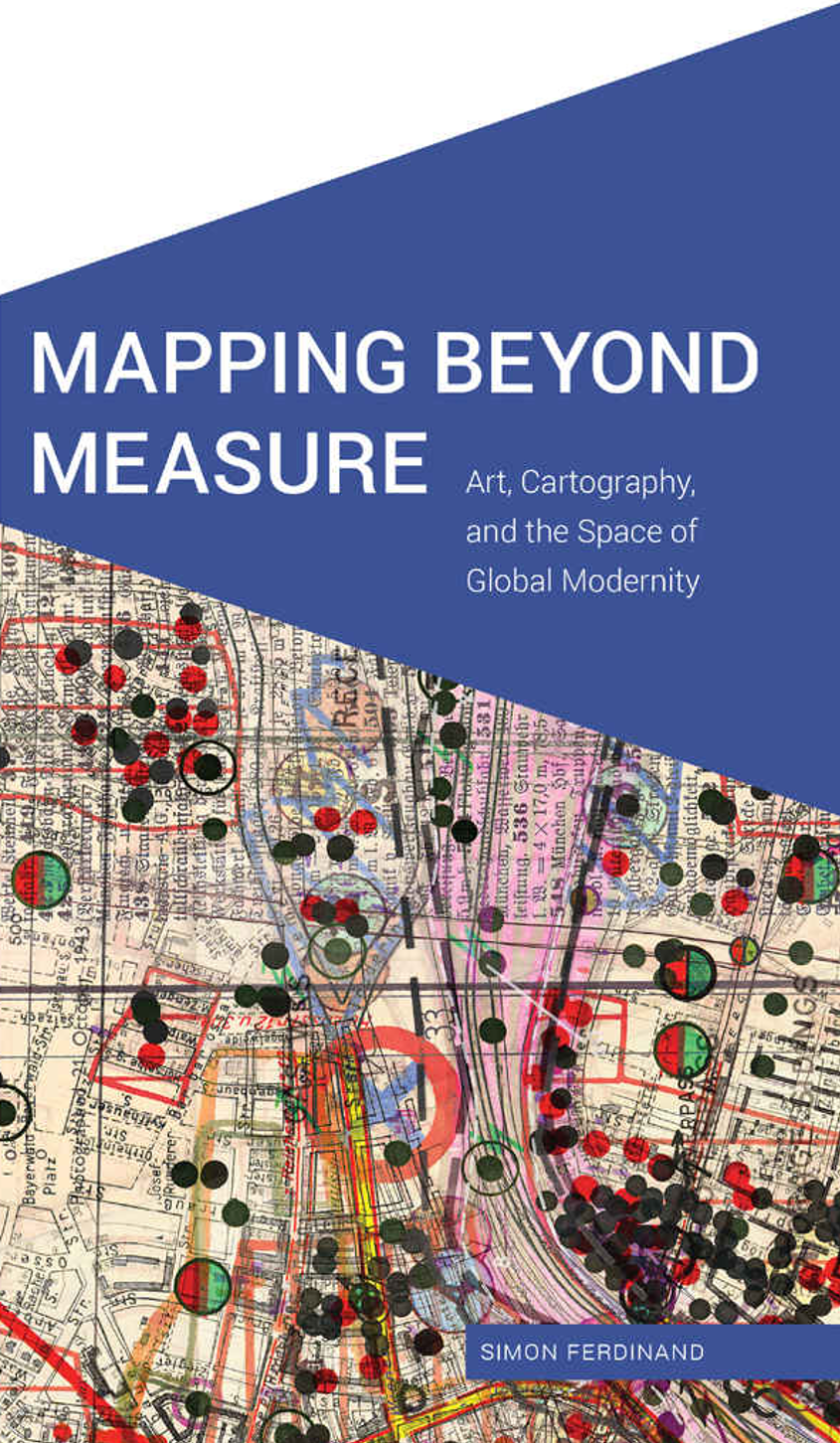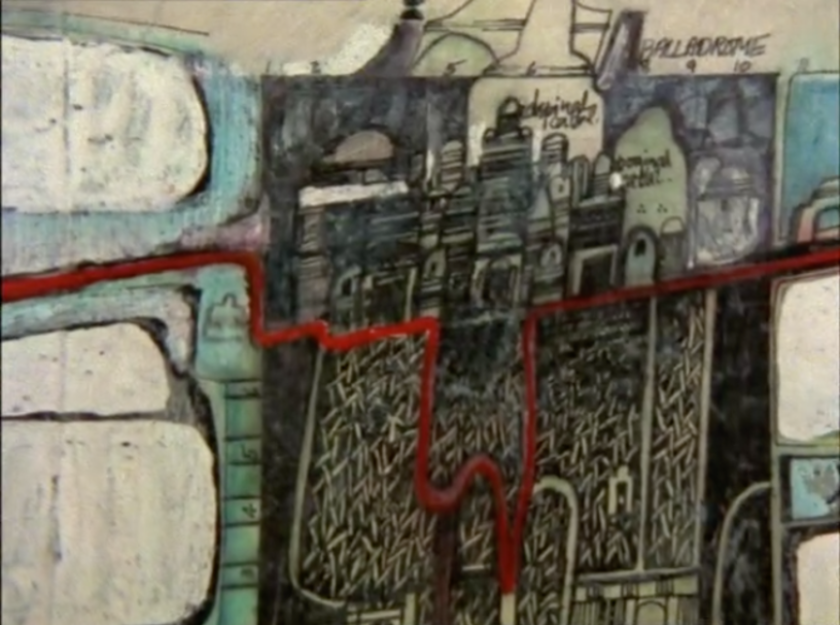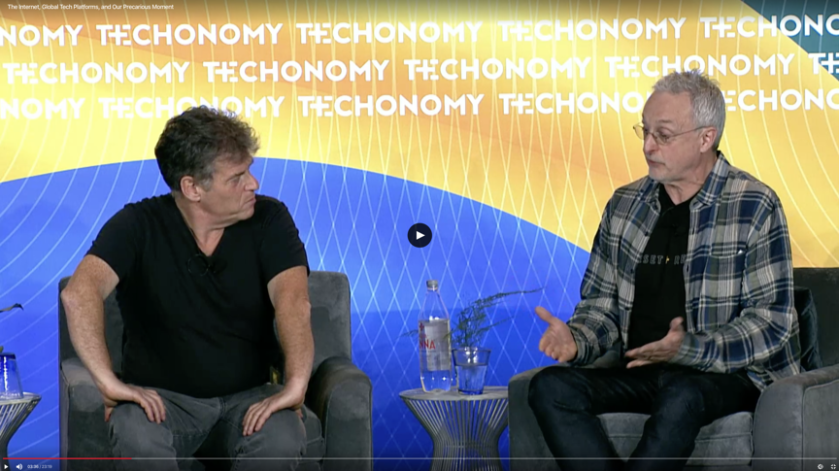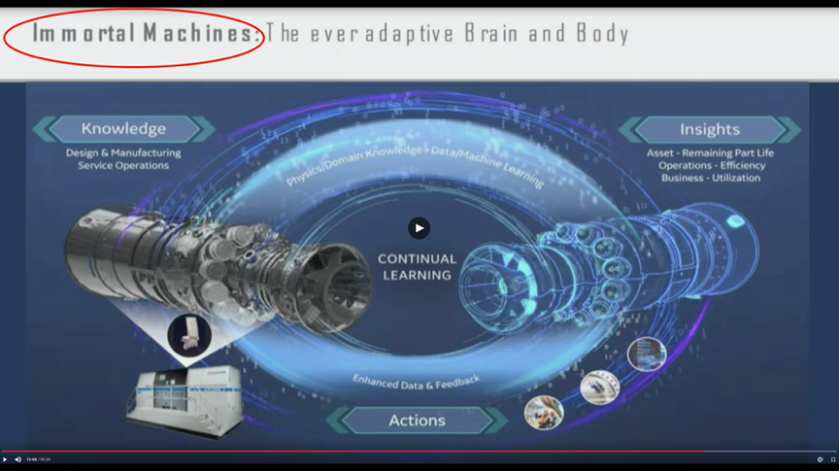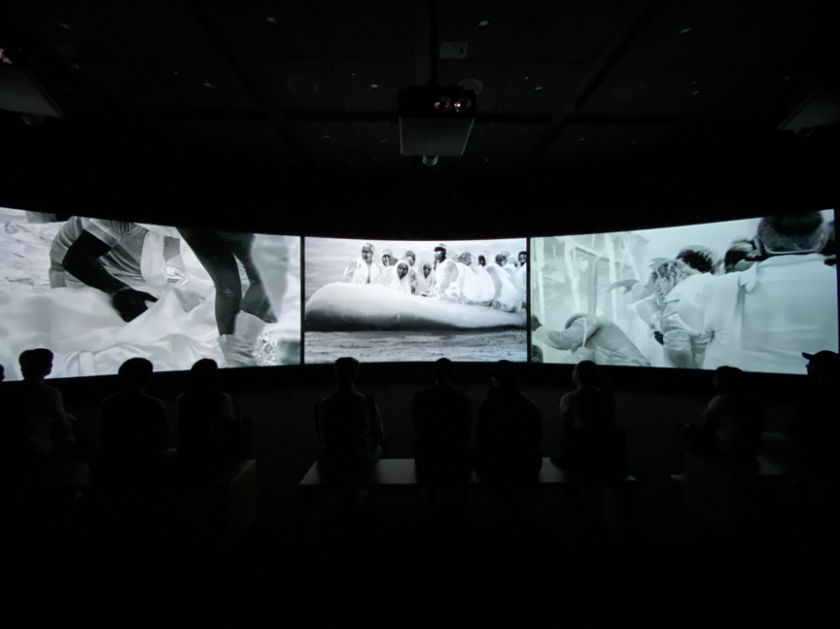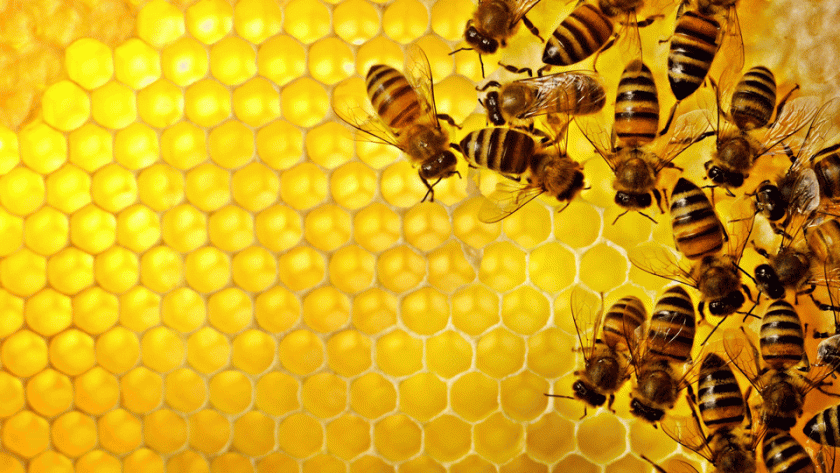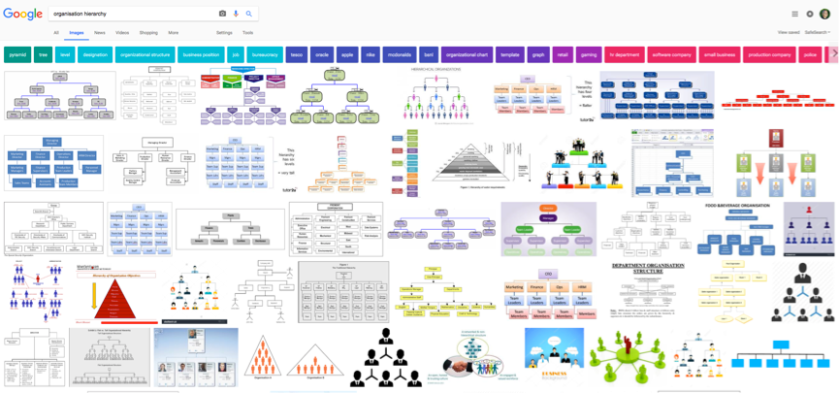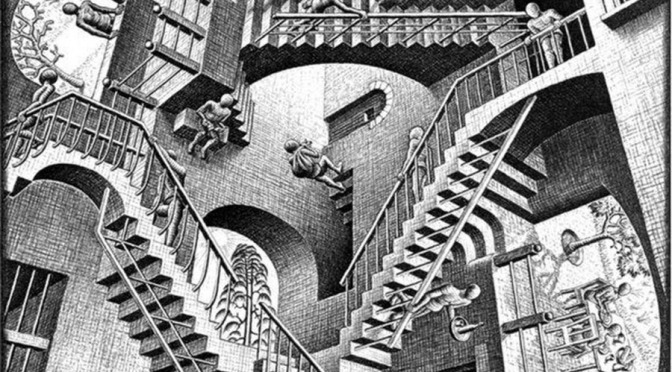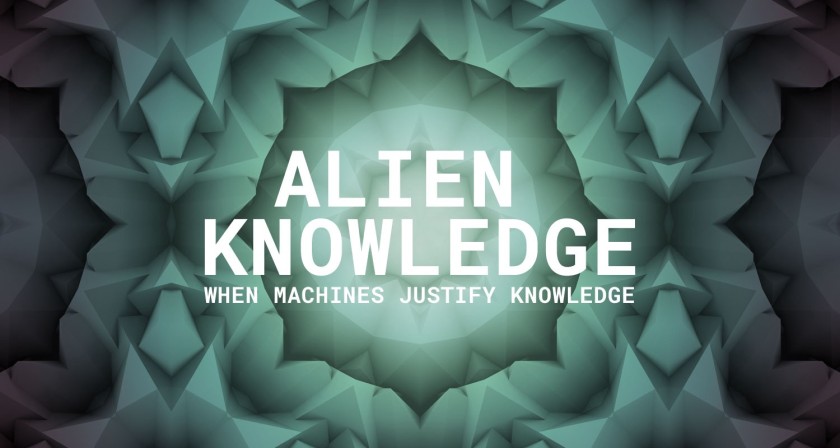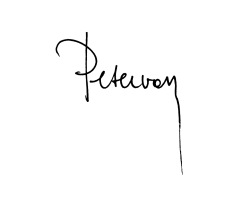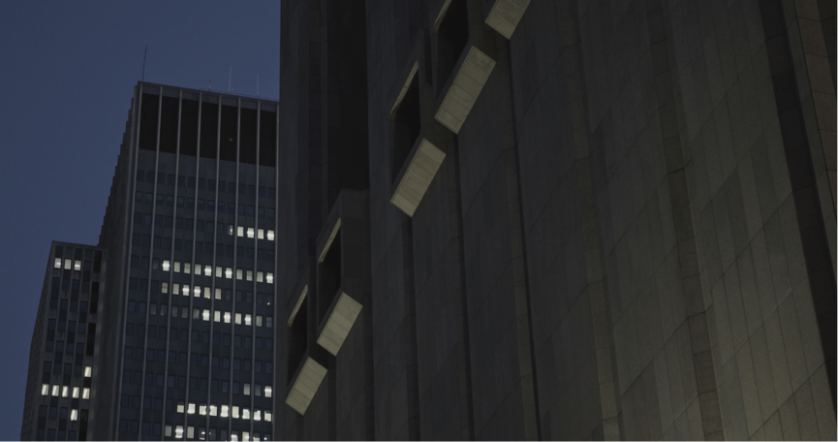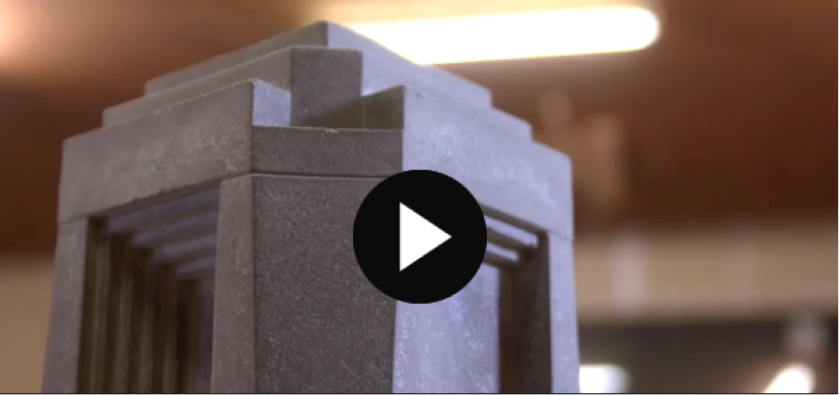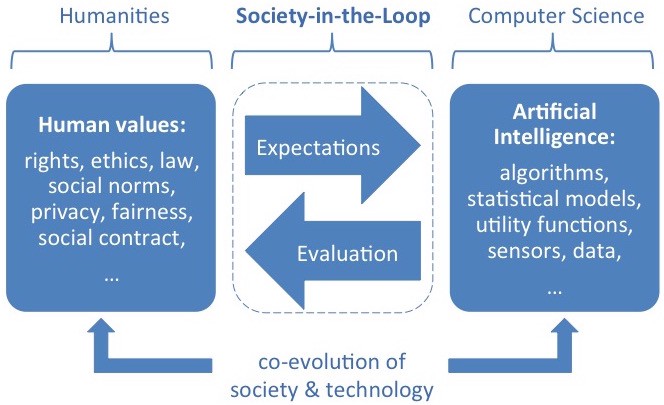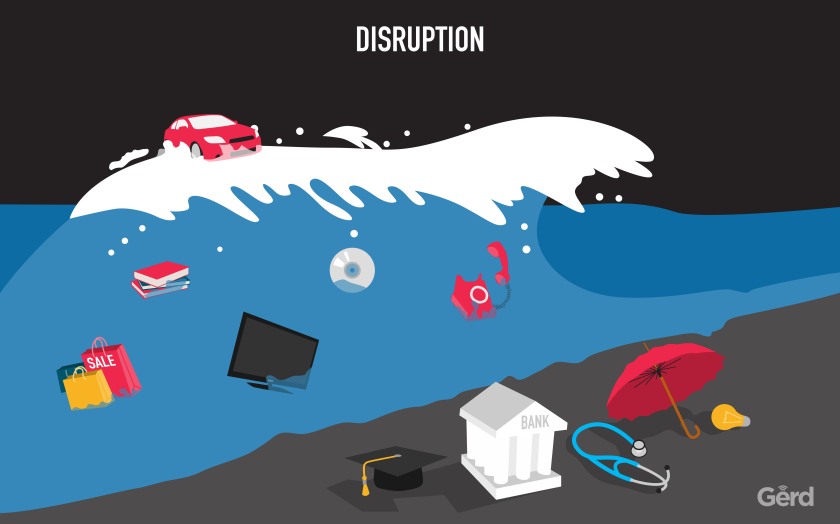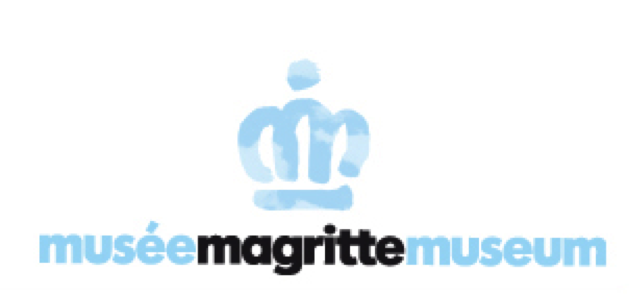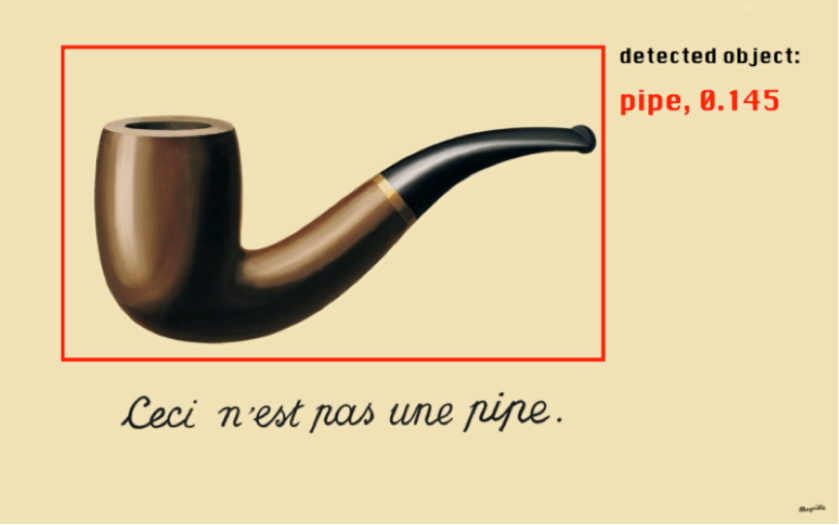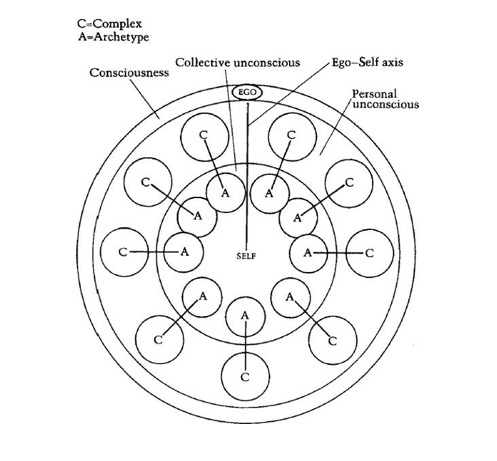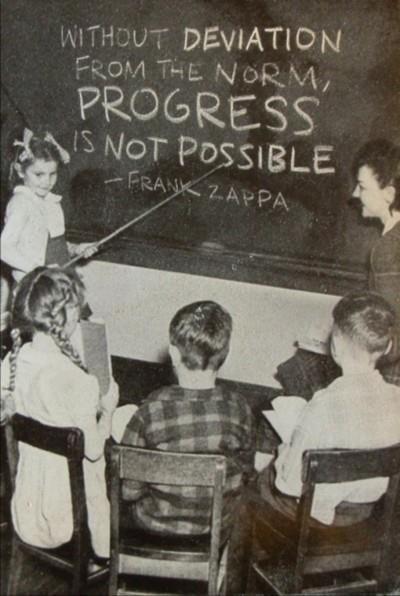The AI GPT-2 Model generated the following story, just based on the input “One morning in August,”:
One morning in August, 1991, two brothers were gunned down in the Jezeville Mansion on Jarvis Street in Detroit. This is one of several incidents where teenage boys were shot and left to die of self-inflicted injuries. Eight boys were killed after being shot in one of those four blocks on Jarvis Street. Five boys were subsequently recovered from the fatal gunshot wound on at least one of those spots. The other three were shot in the neck when a loose-walled mess hit them. One of those victims, Sylvester A. Dunlap, was undoubtedly intimidated by the fact that he had been a member of a terrorist organization before the defeat of 9/11.
Recent developments in the confines of Detroit have raised serious issues in the policing of the inner city. Chancellor Bill Blair stated several times during a presentation that research on neighborhood policing by Chicago’s public safety department will reveal problems across the city that explain the difficulty of enforcing sentencing for murders in the inner city. Blair also explained several times during a lecture in Ferguson, Missouri that he would want to use new tools to combat dysfunctional policing. His city council initiated a similar program toward ending torture for prisoners, concessions to American values, and criticism of Milwaukee County’s police policies in view of the city’s record on abuse of black people and an opportunity to address community issues. Since 1991, free speech trends shift responsive to the challenges facing black people within the region.
Like parenthood, news of new families and better education, mothers have no choice but to speak out. Their voices are heard every single Friday. Police lead agencies with, in fact, one of the longest serving party members in the entire country. This week the Detroit police chief announced that the highly visible Sunday soap operas of Salton Skelton will now be, by contrast, competitions for white children’s news. Please read the full article and consider donating to liberal blockbusters. Click here to support Indiegogo. What happens when you pry members of the guest activist ranks at the bottom of the parade? To fight only if, rather than an anti-black thing that goes next, you see a pattern of action.
One of the obvious reasons for the historical beauty of American democracy is that sometimes you almost expect people to perform one of the most aggressive and deliberately aggressive things imaginable outside of their own best interest. With a witch hunt, for example, one of death row inmates, Jared E. Souza, is described as both a teacher and a world class dancer. Eleven years later he was convicted of five counts of attempted murder by a female slave, including all counts of conspiracy. This in turn became an outlier for people incredulously, most notably in 1997 at the April 30, 1969, riots that marred all half-black-white citizens of American culture and led many to question just how African American society should be judged in a medical system that educates persons of color and not the idea of violent crime.
Laura Naumann, an assistant attorney general of the lower East Side of Detroit, estimates that 2.2 million people of color are incarcerated annually in the United States. Most incarcerated black people now have improved their status as citizens this year. About 10 percent of Chicago’s juvenile population comes from nonwhite. Black lives matter when living conditions only affect one’s race and language. What causes more crime? For example, though crime statistics show all people arrested last year on a rape charge tend to mean that one’s work can be disproportionately incarcerated. If you live in a barn, you have to subject the homeless to work and find work alone. If you live in a newer suburb, nearly every Hispanic won’t be able to vote that bad. In fact, many blacks are making it possible to vote a lot less than white Americans. And those unsupervised black men don’t actually have the blacks of color that The Mayor of Detroit led during “due process” legislation in the high-crime area of Detroit, one of the greatest systemic failures of any American society.
Today, the only way for African Americans to help our society is to remember that black men are also the only radical and peaceful voice in the revolutionary world. For instance, Harvard Law School professor Drew Doucette recently noted that black men and women are after-school most days of school; organizers sponsored several in-school free workshops, such as public-school online resources recording lessons, where black people were irrationally punished in the classroom.
If you are black, this is something you can do and do, but expect to see the strength of the movement, the power and involvement of black men in the struggles of communities worldwide. Violence on Our Streets As Cyrus Sadie writes of Wall Street: “Tragically, while there is no truly “safe” place for black men and women in our society today, many appear to be spending their financial time being unable to tell a large portion of the story in communities that are marginalized by racial discrimination
Auto-generated by GPT-2 using https://runwayml.com/ – “Machine Learning for Creators”. It is basically AI-as-a-service in the cloud. It just took 10667ms, on a standard Wifi internet connection, and a Mac.

